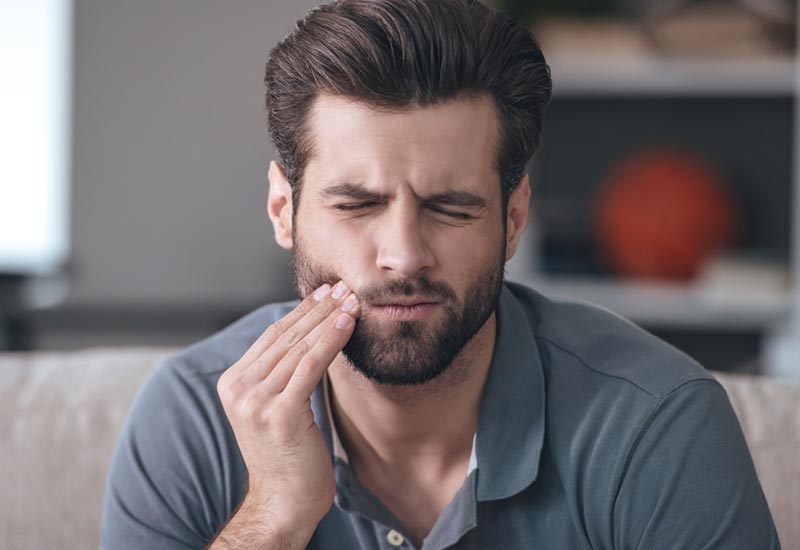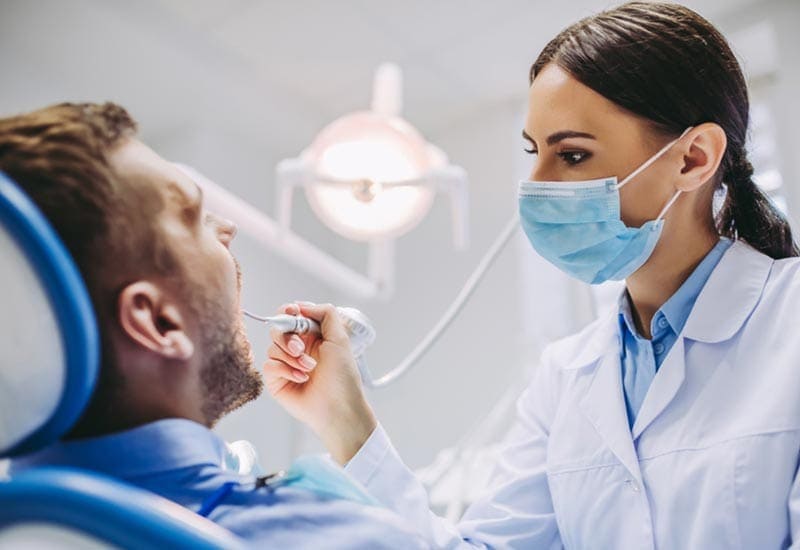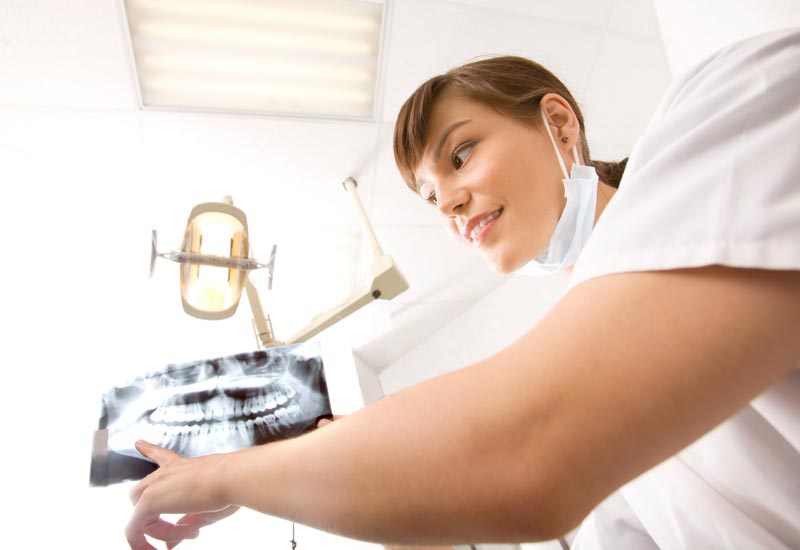TMJ Near You
Are you experiencing headaches and jaw discomfort? Chances are, you may have a TMJ disorder.

What is TMJ?
Temporomandibular joint disorder occurs when there are problems associated with your jaw and facial muscles. The temporomandibular joint allows your jaw to move up and down and side to side, which allows for basic functioning (speaking, chewing and yawning). If you are experiencing pain in the TMJ, you may need to seek treatment. Charles Martin DDS offers treatment for TMJ pain in South Tampa.

What Causes TMJ?
Experts are not entirely sure what the cause of TMJ pain is. It is believed by dentists in South Tampa, experienced in TMJ treatment, that symptoms are the result of jaw muscle or joint issues. This occurs when there is an injury to the jaw, joint or head and neck muscles such as a heavy blow. Other causes of TMJ pain include the following:
- Grinding and clenching of the teeth: This places quite a lot of pressure on the joint.
- Movement: There is a movement of the soft cushion or disc that takes place between the ball and joint socket.
- Arthritis: This is present in the joint.
- Stress: This can cause tightening of the facial and jaw muscles, as well as clenching of the teeth.

What are the Symptoms?
Our office provides complimentary consultations for TMJ treatment in South Tampa. A heavy blow to the face can cause chronic TMJ pain, however, there are other symptoms to look out for when it comes to TMJ disorders. These symptoms include the following:
- Neck/shoulder aches and pains
- Jaw pain
- Sore and sensitive teeth
- Facial pain
- Teeth that are worn down
- Trouble chewing
- Swelling on the sides of the face
- Clicking, popping or grating sounds when opening and closing the mouth
- Difficulty trying to open the mouth wide open
When a patient is diagnosed with a TMJ disorder they will require immediate attention, as this condition can worsen overtime without treatment.
Typically, your TMJ treatment in our South Tampa office will include four steps:
- Measurements: A computerized diagnostic tool is used to determine the position of the jaw joints and muscles. This is necessary in order to determine the choice of treatment to relieve the patients remaining neuromuscular pain.
- Relief of muscle spasm and pain: Our primary concern is to relieve TMJ pain sufferers of their symptoms. To do so, ULF-TENS technology is used. ULF-TENS relaxes the muscles by providing a gentle massage. The rhythmic pulsing increases blood flow and the extraction of waste products for muscle relaxation.
- Bite stabilization: Typically, an orthotic is worn over the teeth. This temporary device allows for the adjustment the plastic without adjusting the teeth until the bite is stabilized.
- Long-term management: After symptoms are relieved and the bite is stabilized, we will take steps towards permanently adjusting and correcting the patients bite. There are a variety of ways to do this and will be discussed during your consultation.